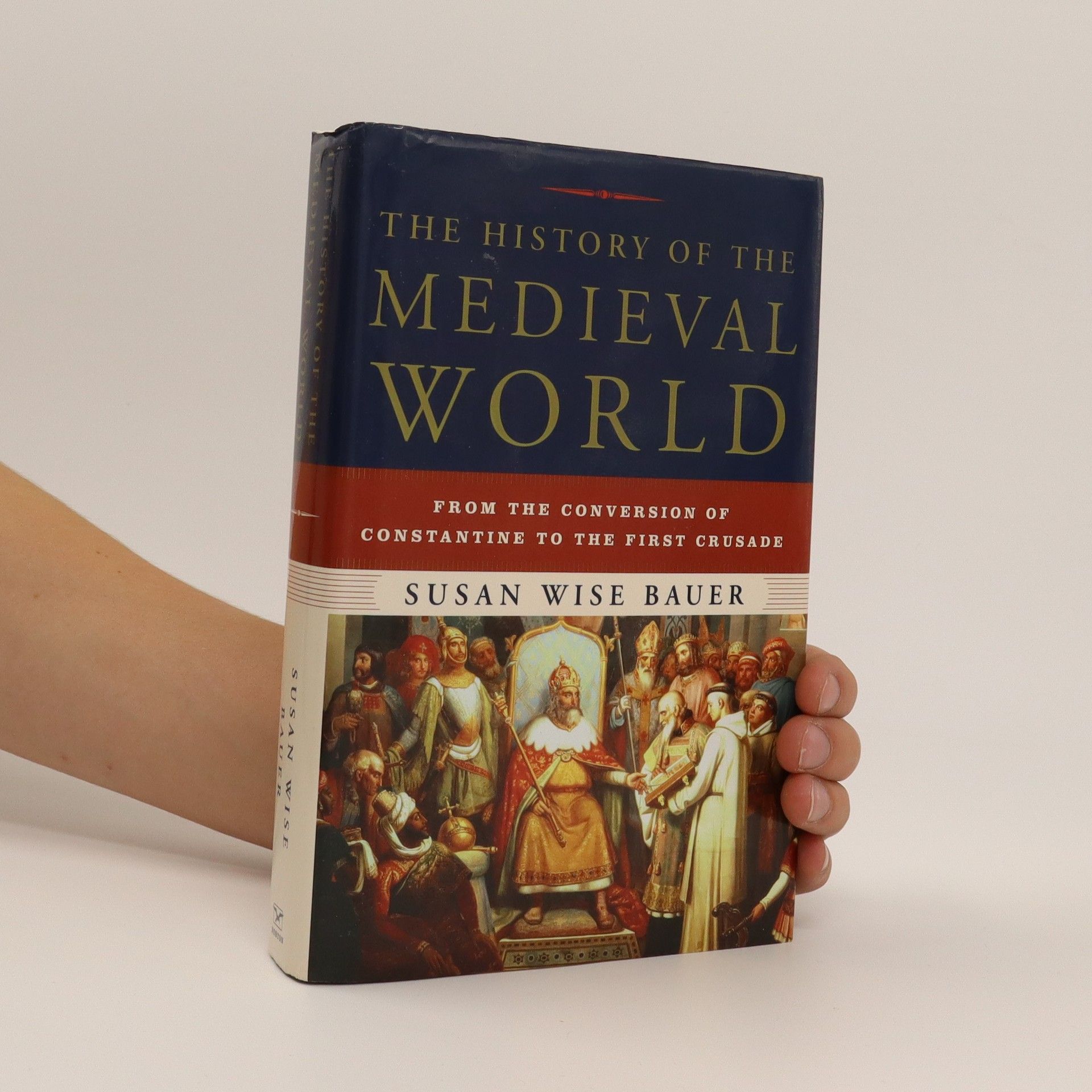This is the first volume in a bold new series that tells the stories of all peoples, connecting historical events from Europe to the Middle East to the far coast of China, while still giving weight to the characteristics of each country. Susan Wise Bauer provides both sweeping scope and vivid attention to the individual lives that give flesh to abstract assertions about human history. Dozens of maps provide a clear geography of great events, while timelines give the reader an ongoing sense of the passage of years and cultural interconnection. This narrative history employs the methods of “history from beneath”—literature, epic traditions, private letters and accounts—to connect kings and leaders with the lives of those they ruled. The result is an engrossing tapestry of human behavior from which we may draw conclusions about the direction of world events and the causes behind them.
La Storia del Mondo Serie
Questa ambiziosa serie svela le storie interconnesse di tutti i popoli, tracciando eventi storici dall'Europa all'Estremo Oriente. Esamina sia l'ampio respiro dello sviluppo umano sia le caratteristiche distintive delle singole culture. Attraverso mappe dettagliate, cronologie e l'uso di fonti primarie come la letteratura e resoconti personali, la serie porta in vita il passato. Offre un'esplorazione avvincente della storia umana e delle forze che la plasmano.



Ordine di lettura consigliato
- 1
- 2
The history of the medieval world : from the conversion of Constantine to the First Crusade
- 746pagine
- 27 ore di lettura
A masterful narrative of the Middle Ages, when religion became a weapon for kings all over the world. From the schism between Rome and Constantinople to the rise of the T’ang Dynasty, from the birth of Muhammad to the crowning of Charlemagne, this erudite book tells the fascinating, often violent story of kings, generals, and the peoples they ruled. In her earlier work, The History of the Ancient World, Susan Wise Bauer wrote of the rise of kingship based on might. But in the years between the fourth and the twelfth centuries, rulers had to find new justification for their power, and they turned to divine truth or grace to justify political and military action. Right thus replaces might as the engine of empire. Not just Christianity and Islam but the religions of the Persians and the Germans, and even Buddhism, are pressed into the service of the state. This phenomenon—stretching from the Americas all the way to Japan—changes religion, but it also changes the state. 4 illustrations; 46 maps.
- 3
The History of the Renaissance World
- 785pagine
- 28 ore di lettura
A lively and fascinating narrative history about the birth of the modern world.